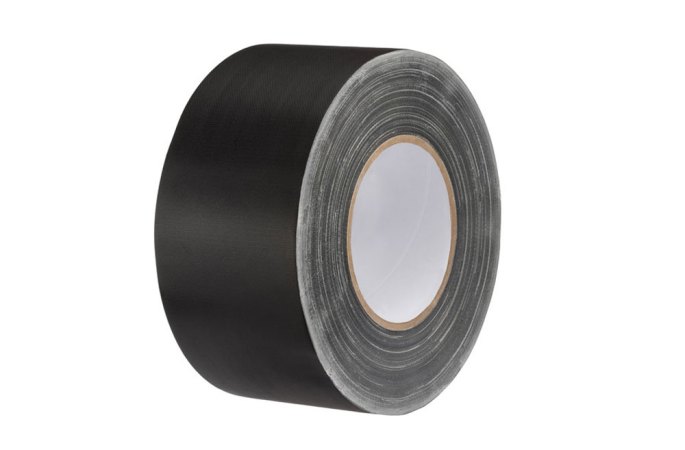

This story originally featured on Car Bibles.
Not every track-day superstar can also be a daily driver. Sometimes, when your rubber isn’t street legal and your headlights have been x-ed out with gaffer tape, a trailer becomes a necessity, as does a vehicle to pull that trailer. But the proper way to tow and all the metrics involved, aren’t covered anywhere in your driver’s education handbook.
For most, it’s on-the-job training, meaning you purchase something that requires a trailer and you learn by doing. Although that’s workable for some, many others want to know the dynamics, the physics, and the variables associated with a new task. One such variable is towing capacity, an often-highlighted number rattled off in every new truck commercial. To the general public, however, it can be meaningless without context and education.
That’s why we’re here today, to welcome you to your secondary schooling: Car Bible schooling. Welcome, everyone. Now, are you ready to learn everything there is to know about towing and towing capacity? Then let’s get after it.
What is towing capacity?
Towing capacity is simply the weight your vehicle is capable of pulling. Although the figure depends on the vehicle in question, it’s measured in pounds—a 5,000-pound tow limit, for instance—and provides a solid point of reference for when you’re looking at trailer weights.
Curb weight is your vehicle’s full weight, including all necessary fluids, yourself, your family, any and all pets residing in the vehicle’s cabin, plus that leftover McDonald’s burger your toddler dropped behind the seat. GCVWR is the combination of the vehicle’s gross vehicle weight rating (GVWR) and that of the trailer you’re attempting to tow.
Take the two figures and subtract your vehicle’s curb weight from its GCVWR. Presto, you’ve got its towing capacity. You can find your vehicle’s towing capacity, GVWR, GCVWR, standard hitch rating, and all its other important metrics in that dusty old owner’s manual you have shoved into the back of your glovebox.
tl;dr: Take your vehicle’s curb weight and subtract it from its GCVWR.
Other towing-capacity variables
Towing is a fairly simple task once everything is ready to go, but there are several variables you’ll need to consider before hooking up a trailer, loading it with a handful of motorcycles or track cars, and heading off into the sunset. Let’s discuss what else you need to know.
Hitch weight and ratings
Hitch weight is the amount of weight a trailer’s hitch can safely handle, as not all hitches can handle the same weight or load. Hitches fall into different rating categories based on how much weight they can handle.
Class 1: Gross tow weight: 2,000 pounds; tow weight: 200 pounds
Class 2: Gross tow weight: 3,500 pounds; tow weight: 525 pounds
Class 3: Gross tow weight: 8,000 pounds; tow weight: 800 pounds
Class 4: Gross tow weight: 12,000 pounds; tow weight: 1,200 pounds
Class 5: Gross tow weight: 20,000 pounds; tow weight: 2,000 pounds
It’s important to check the hitch rating before purchasing one for your vehicle and trailer or attaching anything to it. When you get it wrong, it can lead to some serious consequences.
Tongue weight and loading
Have you ever seen a vehicle towing a trailer on the highway that resembled a fish on the line? Was it slapping back and forth and threatening everyone around it? Yeah, the driver improperly loaded the trailer and screwed up the trailer’s tongue weight.
Often abbreviated to TW, tongue weight is the force that a trailer’s tongue exerts on the ball hitch. The ideal load on the tongue should only be 10 to 15 percent of the trailer’s total weight. To accomplish that percentage, the trailer needs to be loaded properly.
If the tongue weight is too light, you’ll get dangerous trailer sway. Too much tongue weight will result in the vehicle’s back end dropping, which impacts braking, visibility, and handling. For more visual learners, the video below shows you how improper trailer loading can affect your trailer’s dynamics.
Read the rest of the guide over at Car Bibles.















